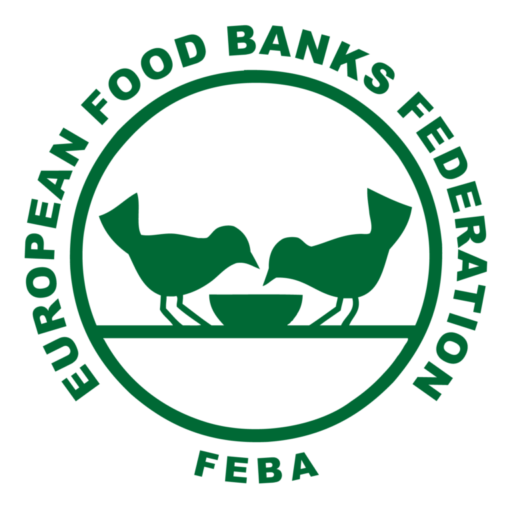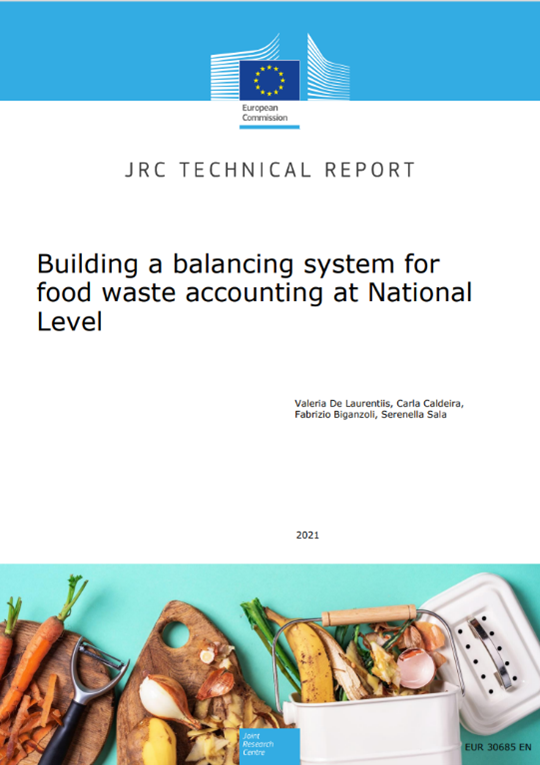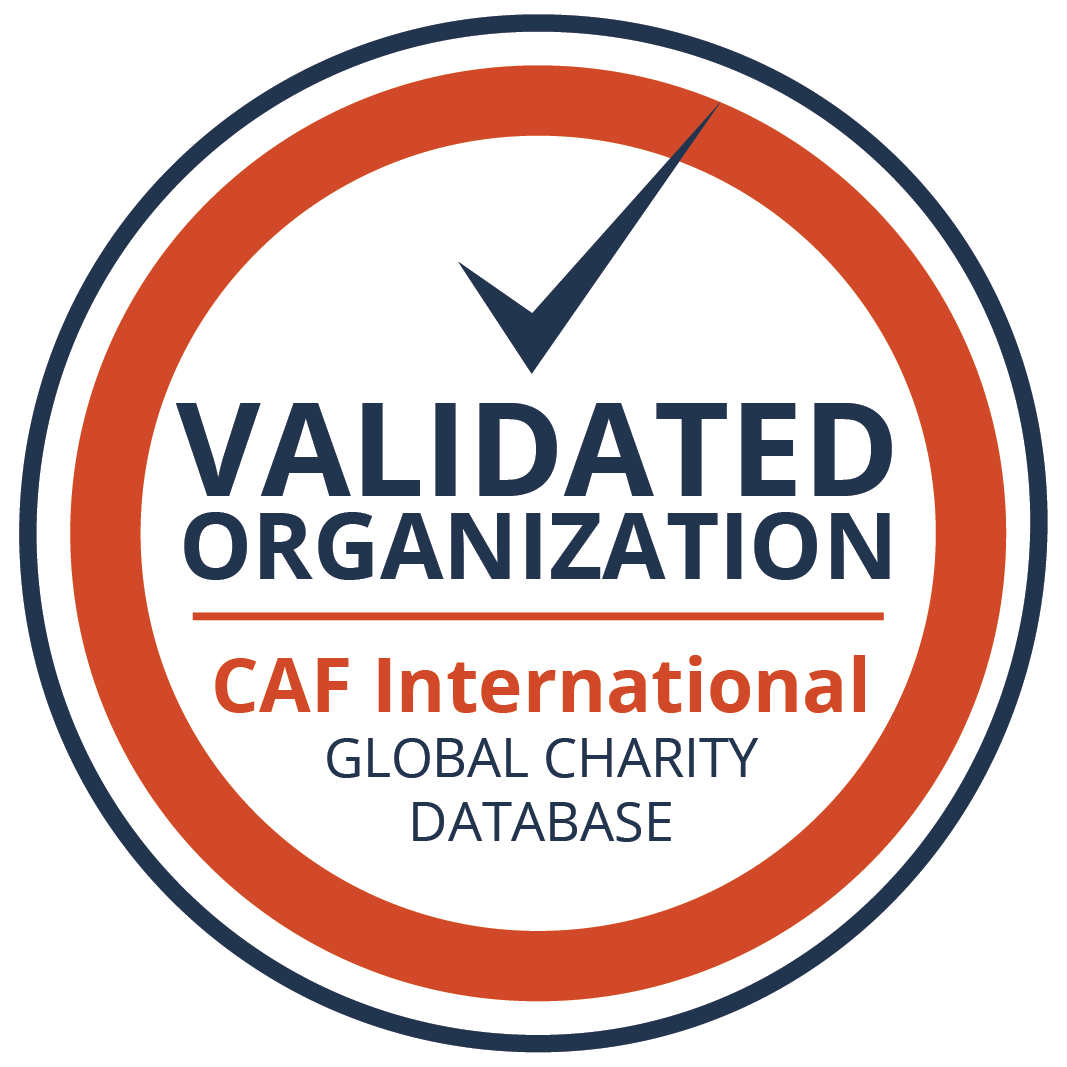According to the Waste Framework Directive (2008/98/EC), EU Members States are obliged to report annually on their food waste generation as of reference year 2020, using a common methodology. By June 2022, the data shall be communicated and will serve as a baseline, together with the new food waste measurement methodology, for the proposal of legally binding food waste reduction targets, as mentioned in the Farm to Fork Strategy. Despite this, EU Member States are characterised by heterogeneity when it comes to the development and implementation of strategies for the quantification of food waste.
To overcome the challenge inherent in these differences and allow for the comparability of the gathered data, the Joint Research Centre (JRC) of the European Commission released a report on 5 July 2021, titled “Building a balancing system for food waste accounting at national level”. It presents a model to quantify the amount of food waste generated at each stage of the food supply chain, from primary production to household consumption. The food waste is separated into ten categories: sugar beet, fruit, vegetables, potatoes, cereals, oilseeds, fish, meat, dairy, and eggs. Based on that, food waste hotspots can be detected. Besides the estimation of food waste generation, the model can also be used to measure food losses, by-products, and food consumed.
Applying the developed model, the amount of food waste generated by each Member State for 2000 to 2017 is approximated. The obtained results disclose the household consumption stage as the one where the most food is wasted. Concerning the different food groups, however, the analysis shows that the volumes going to landfill vary from country to country.




